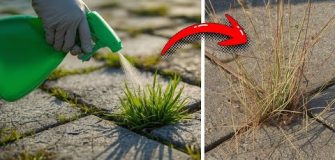What’s Hiding in Your Dish Soap? The Shocking Truth Unveiled
Share
American families deserve to know what’s really in their dish soap. Most people think it’s harmless – just bubbles and a nice smell. But the truth is shocking.
Many dish soaps contain dangerous chemicals that can hurt your family’s health. These products release toxic fumes called VOCs that pollute the air in your home. The EPA says indoor air can be 2 to 5 times more polluted than outdoor air, and your dish soap might be making it worse.
Your children are at the highest risk from these toxic fumes. Kids have smaller lungs that absorb more of these harmful chemicals. People with asthma and allergies can have their symptoms triggered by dish soap fumes.
Even after you rinse your dishes, toxic residues stay behind. Every time your family eats, they’re consuming these leftover chemicals. Some dish soaps contain triclosan, which disrupts hormones and weakens your immune system.
The chemicals don’t just hurt your family – they poison our environment too. When you wash dishes, these toxins flow into rivers and lakes where they harm fish and wildlife. They also create toxic algae blooms that destroy our waterways.
Big soap companies use artificial dyes and fragrances that contain petroleum-based chemicals. These fake scents often hide phthalates that mess with your hormones. Even products labeled as “natural” can contain irritating substances.
The good news is you can protect your family right now. Look for soaps with EPA Safer Choice labels that don’t contain synthetic fragrances or dyes. You can even make your own safe dish soap using castile soap, water, and natural essential oils.
Don’t let big corporations put your family at risk for their profits. Switch to safer alternatives today and breathe easier knowing you’re protecting the people you love most.










GIPHY App Key not set. Please check settings